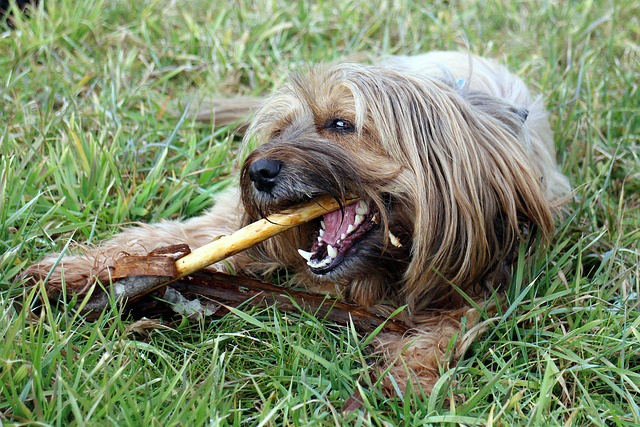-When kids are dragging their feet about brushing their teeth before bedtime, telling them that cavemen brushed their teeth might stir their imaginations and speed them up a bit. “Although the archaeological evidence suggests the Neanderthal method of oral hygiene may have been more rugged than a toothbrush,” said Paso Robles dentist, Lisa Lu Davis, DMD, “cleaning our teeth seems to have been around much longer than the toothbrush.”
The toothbrush, as we know it today, is a relatively new invention in the history of humankind. William Addis is credited with inventing the first toothbrush for commercial distribution in England while serving time in prison in 1780. When he was released, Addis started manufacturing toothbrushes and developed a family business that remained in family ownership until 1996 and became Wisdom Toothbrushes. Today the company produces 70 million toothbrushes a year in the United Kingdom.
Before Addis’s invention, the Chinese were using a brush with bristles during the Tang Dynasty between 619 and 907. Prehistoric cave paintings show early humans using picks of wood or bone to clean between their teeth. Archaeologists have found that chewing sticks, frayed at one end were used by the Egyptians and Babylonians in 3500 B.C., and by the Chinese in 1600 B.C. Some cultures still use chewing sticks to this day, although the modern toothbrush has reached many faraway cultures.
The Paso Robles dentist reports that as interesting as she finds the development of the toothbrush, “I’m pretty impressed with how ancient people took care of their teeth.”
Along the way to today’s toothbrushes and oral hygiene practices, people used mixtures of herbs and spices to prevent bad breath and some chewed or “brushed” with abrasive materials to remove plaque. The first record of a compound used for brushing dates back about 2000 years and was a mixture of mint, pepper, crushed rock salt, and iris flowers. Other formulas included ginseng, herbs, and tasty ingredients like pumice, ox hooves, ashes, burnt eggshells, and crushed charcoal. Yum.
Addis introduced the first mass-produced toothbrush which was followed by:
- The first dental floss was invented by Dr. Levi Spear Parmly in 1815 in New Orleans.
- The first patent for a toothbrush was by Dr. Hiram Nichols Wadsworth in the United States in 1857.
- The invention of a commercial mouthwash product in 1892 by a German, Richard Seifert.
“The toothbrush has come a long way since the chewing stick,” said the Paso Robles dentist. Today we have:
- Electric toothbrushes, invented in 1954 by Dr. Phillippe Guy Woog in Switzerland.
- Electric toothbrushes with rechargeable batteries from General Electric in the U.S. in 1962.
- The first “rotary toothbrush” was released in the U.S. in 1987.
- The first ultrasonic toothbrush was approved by the FDA in 1992.
“If stone age humans could take care of their teeth, there’s no reason we can’t do the same today, and certainly in much more comfort and with better tasting products,” says Dr. Davis.
Dr. Davis attained her Dental Medicine Doctorate (DMD) from Temple University in 1999, graduating at the top of her class and receiving awards in radiology, treatment planning, and restorative clinics. She was honored with the Hahnemann award for her research in Sjogren Syndrome, a disease affecting the salivary glands.
She and her team have been serving Paso Robles and Central Coast families since 2007. Her office provides family and general dentistry services featuring the latest technologies in a relaxing and professional environment. Building partnerships with every patient to create ideal dental health through preventive care and patient education are foundations of Dr. Davis’s conscientious oral care practices.
Lisa Lu Davis, DMD, Inc
2120 Golden Hill Road Suite 103
Paso Robles, CA 93446
(805) 238-6777


